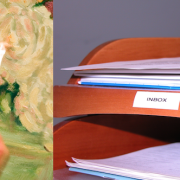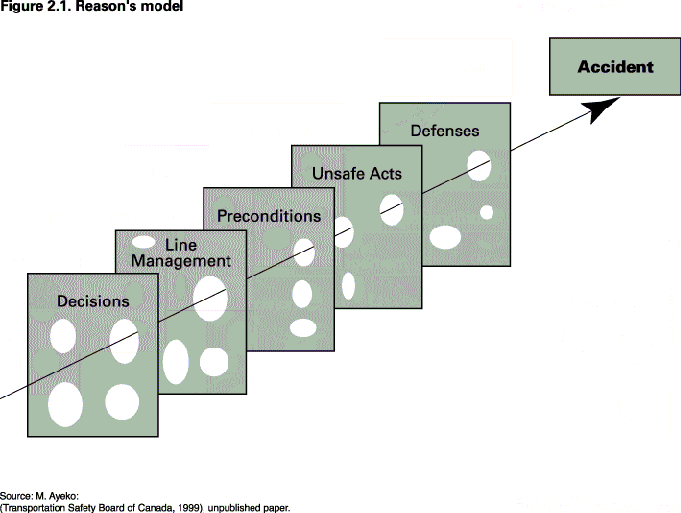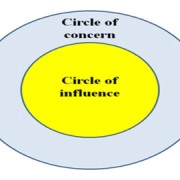Goal Setting 101 – Clarity in Expressing your Vision
To understand the importance of Goal setting, you must also focus on the concept of: “Begin with the end in mind.”
Where do you see yourself in 5 or 10 years? Imagine what it feels like to be passionate, in focus and congruent with thought, word and deed. Some can do this right now.
For the rest of us, we need to step back a few steps.
Let’s start with your life, as it exists today. What are your biggest weaknesses – or your greatest challenges? What are the behaviours and environmental circumstances that are holding you back from moving forward? Have you developed habits that sabotage any chance of meaningful change and improvement? Is your comfort zone so desirable that you paralyze your spirit and repeat another day – just like yesterday? This may not be you but perhaps it is someone you care about?
If so, then perhaps we are challenged to think about a few examples that may provide the starter fuel to our goal of setting a clear vision for our future.
I would like to suggest that this may be because we come from an area of scarcity instead of abundance. Sadly, many of us resist goal setting because it puts us in a place of fear or regret, doubt or shame. This scarcity focus will crash any chance of dreams as they might become nightmares.
There is good news! We can use a simple technique to put your goals in a positive light.
1. Write out as many goals as you can imagine. At least 20.
2. Write out goals or dreams that you have already accomplished or received.
What?
That’s right. In order to place your mind in an area of abundance, you need to describe in writing your goals and dreams that are already in your life.
It may be – I want a loyal loving dog that I can come home to and this companion loves and accepts me for who I am. If you have that pet, then write it out somewhat as shown.
This exercise not only gives you great appreciation and gratitude but it is essential in your goal setting exercise. You see beyond the benefits just mentioned, it places you in a position of abundance.
3. Now write out your goals, alternating between the dreams that you have achieved and the ones that are still out there.
This technique will enable you to interleave the positive ‘abundant’ goals with the ones that may trigger doubt, remorse, shame, guilt and all of the other chains and anchors stopping you from making wonderful life filling progress.
Once that is done, you will have made a large step towards building up a powerful list of achievable goals.
Please try this now. 20 goals of hopes and dreams and 20 goals that are already in your life. You will be able to pair them down later.
I should caution that once you have these goals, you may experience some emotions that might be uncomfortable. That is normal. It is like receiving a gift that you feel you don’t deserve. Accept these feelings but then place them to the side as you understand the importance of having your goals serve your needs – (not the other way around).
Credit: life Coach School – Brooke Castillo podcast Ep. # 3 How to Set Goals.










